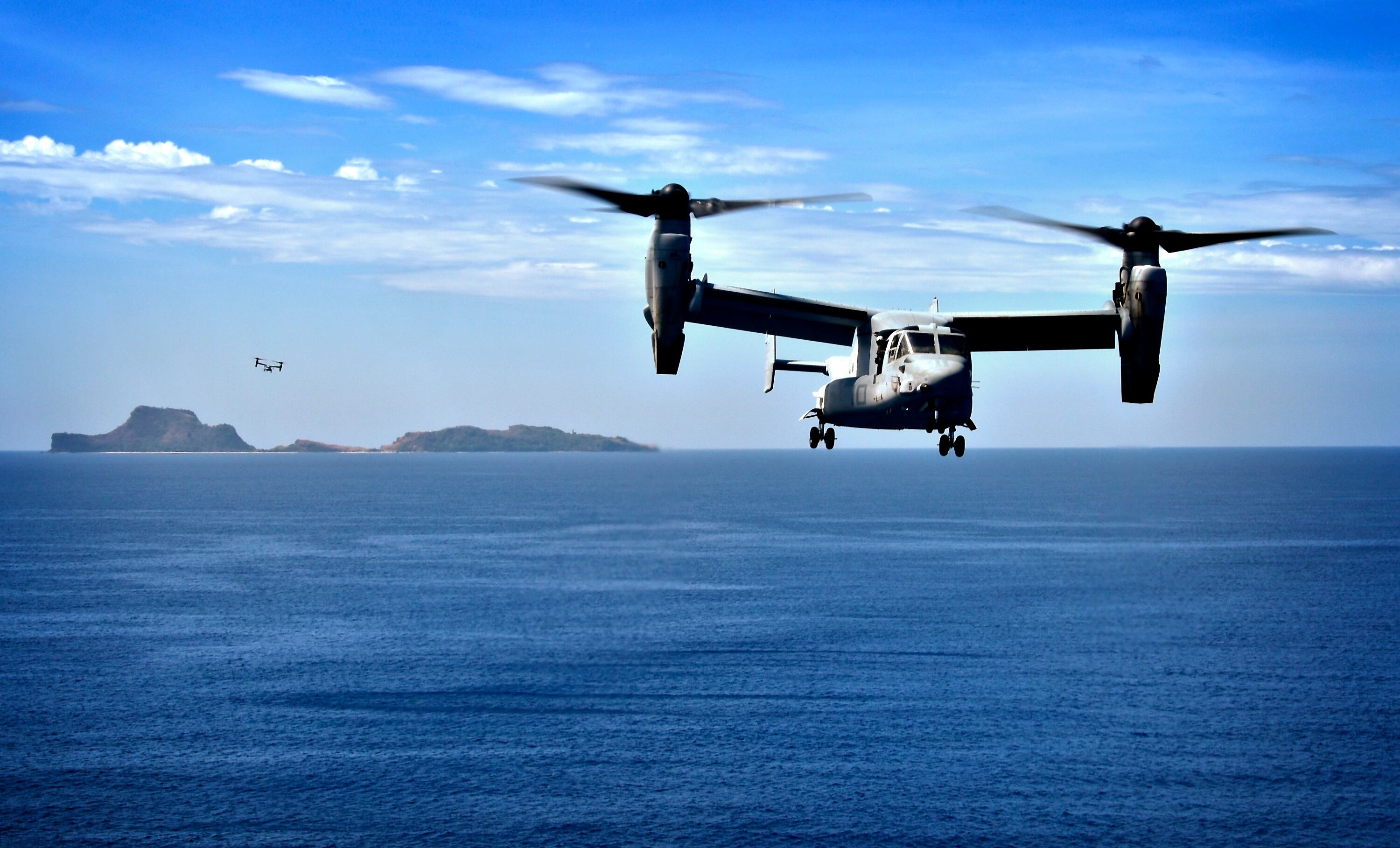Officials have said that the major U.S., Filipino and Australian exercise known as Balikatan isn’t aimed at China, but given Secretary of State Mike Pompeo’s recent words of warning, observers can be forgiven for thinking that.
Balikatan 2019 is running from April 1-12 and taking place on the islands of Luzon and Palawan.
This year’s 35th iteration of the exercise includes about 4,000 Filipinos, 3,500 Americans and 50 Australians, according to local media. The focus, according to official statements, is showcasing and developing maritime security, amphibious capabilities and multinational interoperability.
“Balikatan has become one of the premier military training events in the Pacific Hemisphere and has helped us to maintain regional stability, uphold international norms, combat violent extremism, alleviate human suffering and much more,” said U.S. Marine Corps Brig. Gen. Christopher McPhillips, the American exercise director, in a news release.
Balikatan, which means “shoulder-to-shoulder” in Tagalog, also includes counterterrorism training, urban operations, air drops, combined fires maneuvers and bilateral planning.
“While each year we change Balikatan a little bit … to introduce new capabilities and training, Balikatan is not aimed at any other nation in the region," McPhillips said at a press conference covered by Filipino news outlet Rappler.
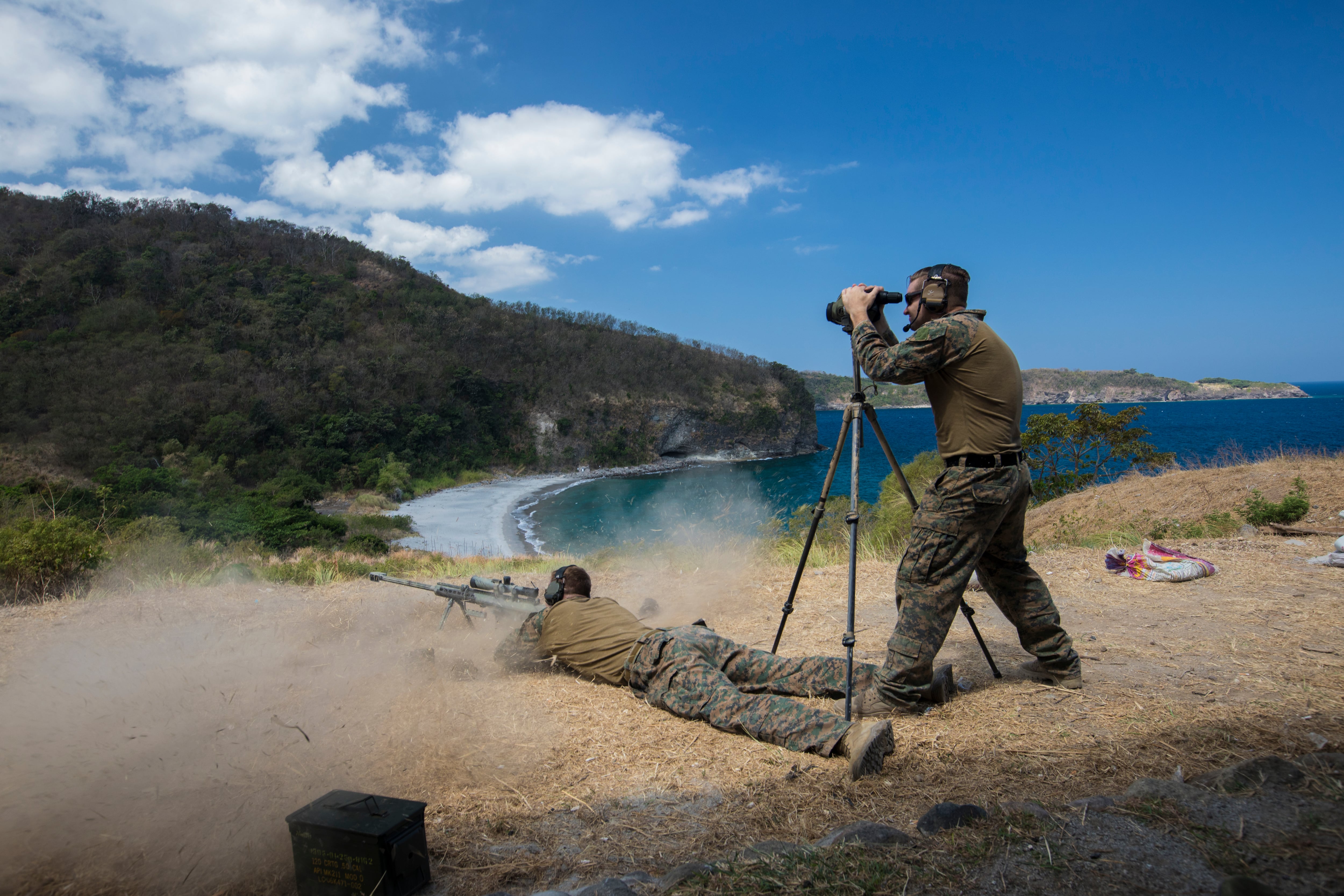
“It’s aimed at the Filipinos, the Americans and the Australians to work together and to further our partnership and our friendship," McPhillips added, when asked whether the exercise was focused toward China.
Over the past decade, China has been boosting its power projection into the South China Sea, where it builds artificial maritime features and makes territorial claims that overlap with other states, including the Philippines.
That issue was discussed during a visit to Manila by the U.S. secretary of state in early March.
Pompeo told the press that America will come to the defense of the Philippines if its forces, aircraft or ships come under armed attack in the South China Sea, the first such public U.S. assurance in recent memory.
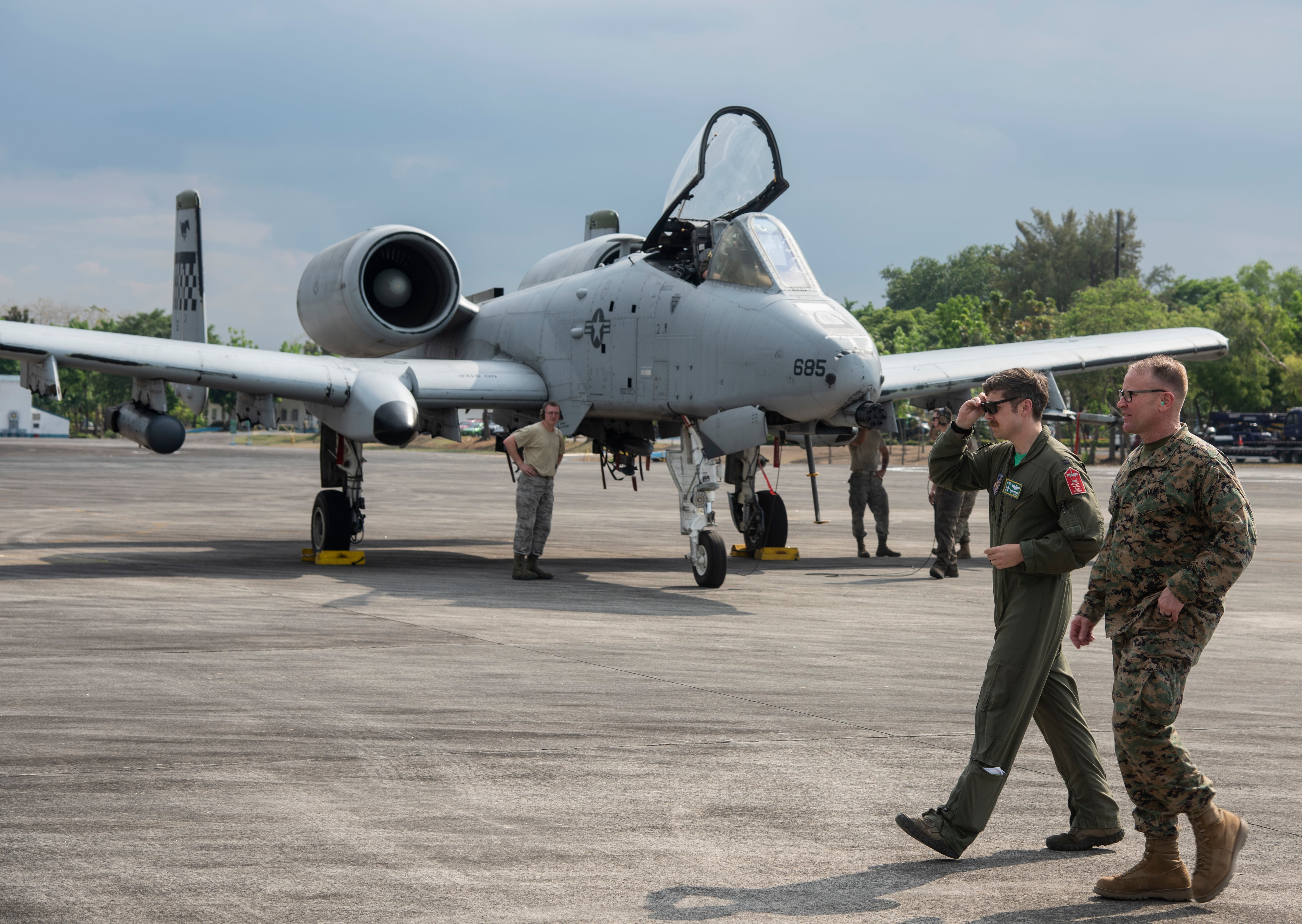
“Any armed attack on Philippine forces, aircraft, or public vessels in the South China Sea will trigger mutual defense obligations under Article 4 of our Mutual Defense Treaty," Pompeo said March 1. “Our commitments under the treaty are clear. Our obligations are real, and the South China Sea is certainly part of an important body of water for freedom of navigation.”
Balikatan isn’t focused on that issue, officials made clear a month later.
“We have not modified Balikatan in any way based on other actors in the region,” McPhillips said.
While nothing changed to reflect China’s encroachment on Filipino claims, Balikatan’s fundamental training objectives already reflect some of the issues at play.
Balikatan reinforces “maritime security, territorial defense capabilities and responsiveness to humanitarian disasters,” according to U.S. Pacific Command.
In addition to security concerns over Chinese moves, the Philippines has been battling terror groups for several years, such as the five-month Battle of Marawi against the Islamic State’s Philippines offshoot from May to October 2017.
The U.S. military supported the Philippine forces with manned and unmanned aircraft during the fight to regain control of Marawi.
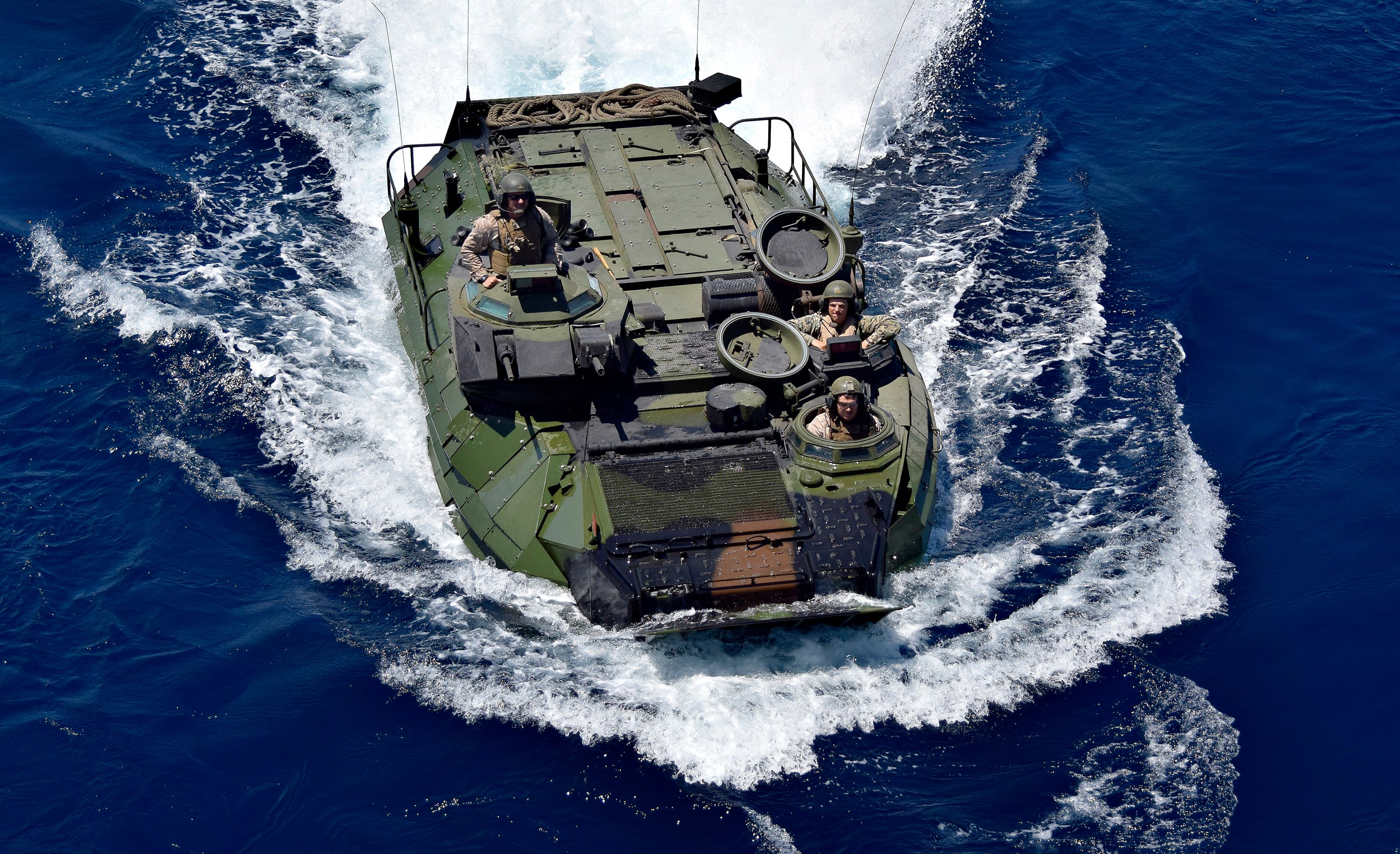
One key training objective of Balikatan 2019 occurred Wednesday, when Philippine and U.S. Army, Marine Corps and Air Force assets conducted a combined arms live-fire exercise at Crow Valley Gunnery Range on Luzon.
The exercise orchestrated ground and air elements to seize an objective and was the culmination of a week-long rehearsal.
The training utilized “ground maneuver, artillery, mortars and air elements,” said U.S. Army Col. Leo Wyszynski, 1-2 Stryker Brigade Combat Team Commander.
Indirect and suppressing fires were called in to allow the main ground combat element to advance and destroy a notional enemy.
“Without a doubt, training over the last week has increased the readiness of our forces,” said Wyszynski. “It was an honor to work with the Philippine Army’s first ever brigade combat team, the Aegis Brigade, throughout Balikatan and during this exercise. We have learned a great deal about operating in this tropical environment from their leaders and soldiers.”
A-10 Warthogs from the U.S. Air Force’s 25th Fighter Squadron provided air power for the combined assault.
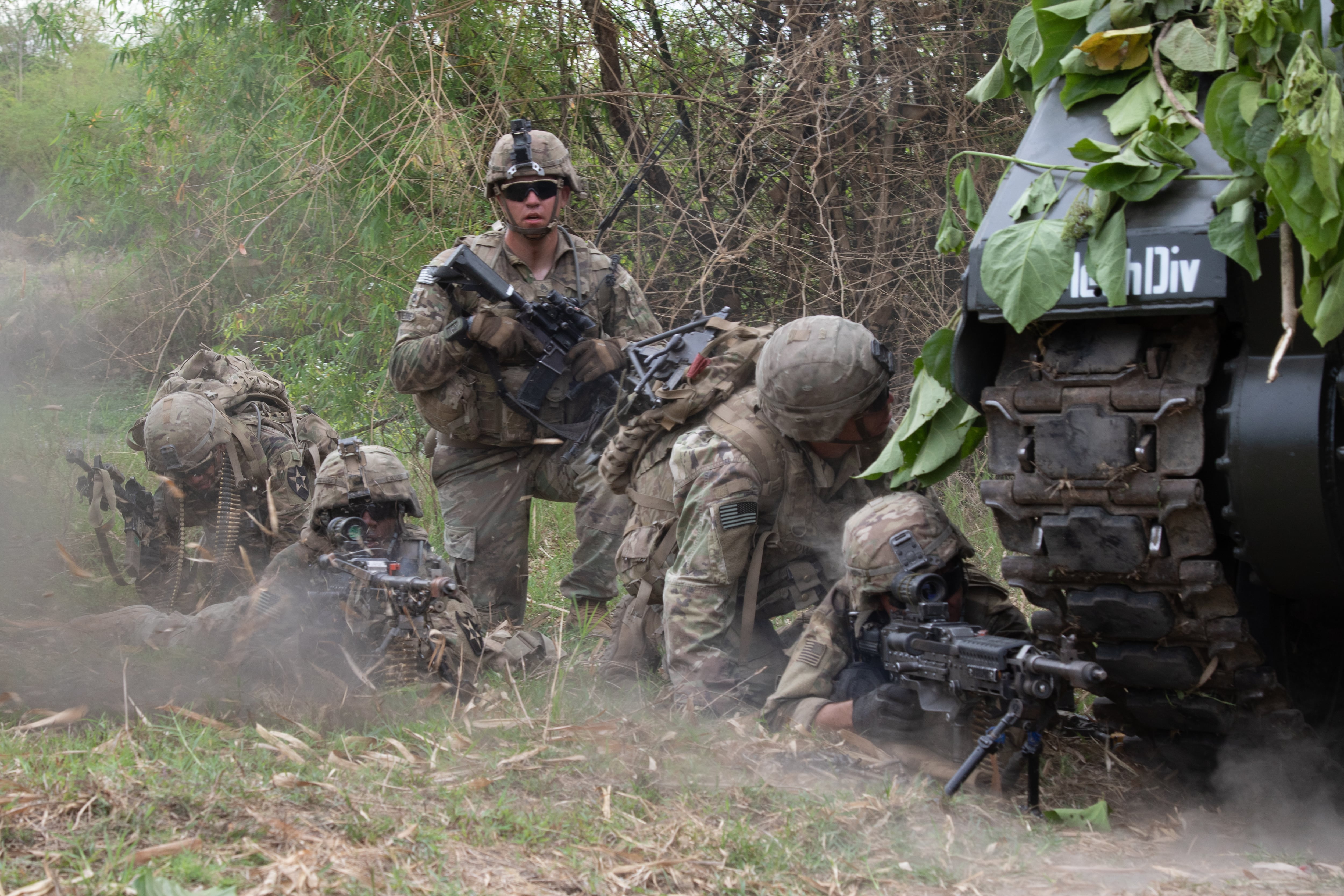
U.S. sailors with the amphibious assault ship Wasp and Marines from Special Purpose Marine Air-Ground Task Force 4, led by 4th Marine Regiment, also participated in Balikatan.
This was the first Balikatan exercise to incorporate the Wasp with Marines Corps F-35B Lightning II aircraft.
“Together they represent an increase in military capability committed to a free and open Indo-Pacific region,” Navy public affairs officials said in a news release. “Participating in Balikatan demonstrates their ability to quickly forward deploy in support of an ally should a crisis or natural disaster occur.”
The Wasp is currently forward deployed to the Navy’s 7th Fleet area of operations to provide a ready-response force for any type of contingency.
Australian Defence Force members also participated this year for humanitarian and civic assistance projects and special operations forces training.
Additionally, Balikatan brought international observers from ASEAN, the Association of Southeast Asian Nations, to promote greater defense cooperation by showcasing the joint and combined air, sea and ground operation of the Philippine and U.S. armed forces, the Navy said.
Kyle Rempfer was an editor and reporter who has covered combat operations, criminal cases, foreign military assistance and training accidents. Before entering journalism, Kyle served in U.S. Air Force Special Tactics and deployed in 2014 to Paktika Province, Afghanistan, and Baghdad, Iraq.
